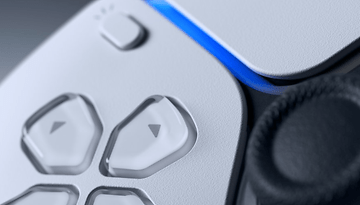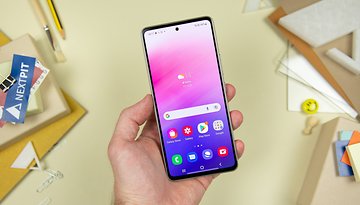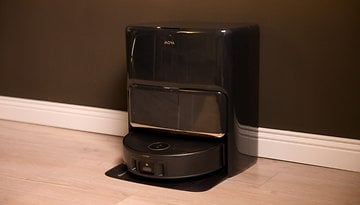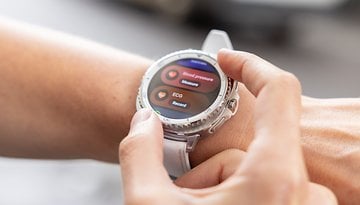NFC Gets More Range for Easier Pairing and Payments
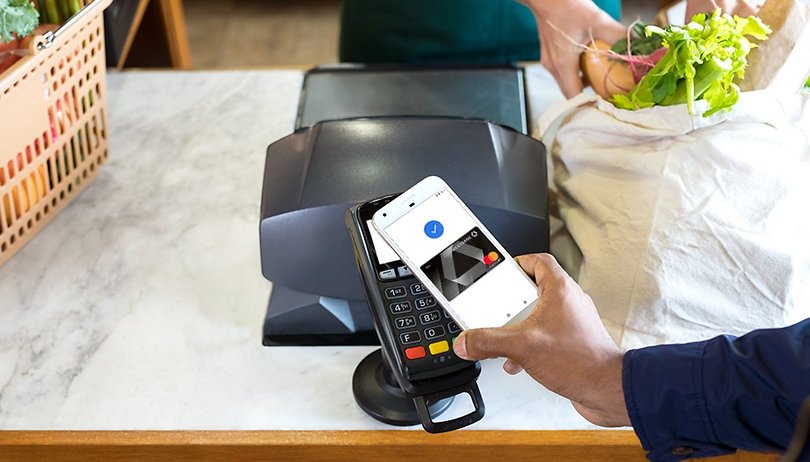

With version 15 of the NFC standard, the developers have achieved a significant improvement, which in turn should result in a whole series of improvements in everyday life. The NFC Forum already sees completely new usage scenarios.
Due to its uncomplicated function, near-field communication—usually referred to as Near Field Communication (NFC)—is part of everyday life for many people, especially when making digital payments. Now the consortium behind the NFC standard, the NFC Forum, which includes numerous industry giants such as Apple, Google, and Infineon, has published a new version of the standard that is intended to make everyday use even more convenient.
The main improvement that version 15 brings is an increase in range. The possible distance between two devices or the NFC chips integrated into them has increased from 0.5 to two centimeters (0.8 in). Even if the increase in transmission distance seems comparatively small at first glance, it should bring a whole range of other benefits.
It starts with the fact that the accuracy of the positioning of the two devices during data transmission no longer needs to be quite as high as before. This means that data exchange can not only be initiated earlier, it will also be more reliable. In everyday life, wearables in particular are likely to benefit from this development step. It is not always so easy to place them in the position required for a successful NFC connection.
NFC in the car as an alternative to Bluetooth?
Mike McCamon, Managing Director of the NFC Forum, also sees numerous new potential applications. For example, the security of digital keys could be significantly increased through the use of NFC chips—for example, in keyless systems intended for cars. Time and again, thieves succeed in intercepting the key signals and transmitting them to the respective vehicle using a so-called radio extension. Only a few manufacturers rely on additional security features such as UWB chips or motion sensors for their digital keys—integrating an NFC chip would be easier.
However, the key would still have to be brought relatively close to the contact point—presumably the lock. However, this would mean a considerable reduction in the convenience we are used to.
It is therefore more likely that car manufacturers will increasingly rely on Bluetooth 6.0 in the future. The upcoming Bluetooth standard will also integrate safeguards that will make car keys more secure, among other things. Both the distance between the devices and the time of transmission will be measured and included as a security feature. However, the specifications for the standard were only recently adopted. The practical implementation is still pending.




